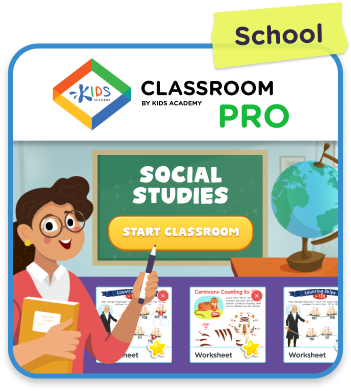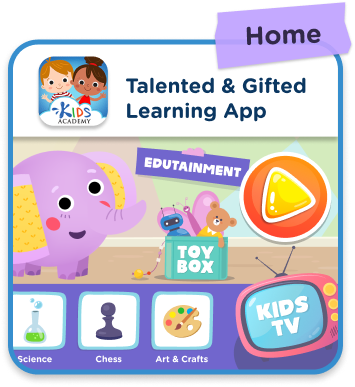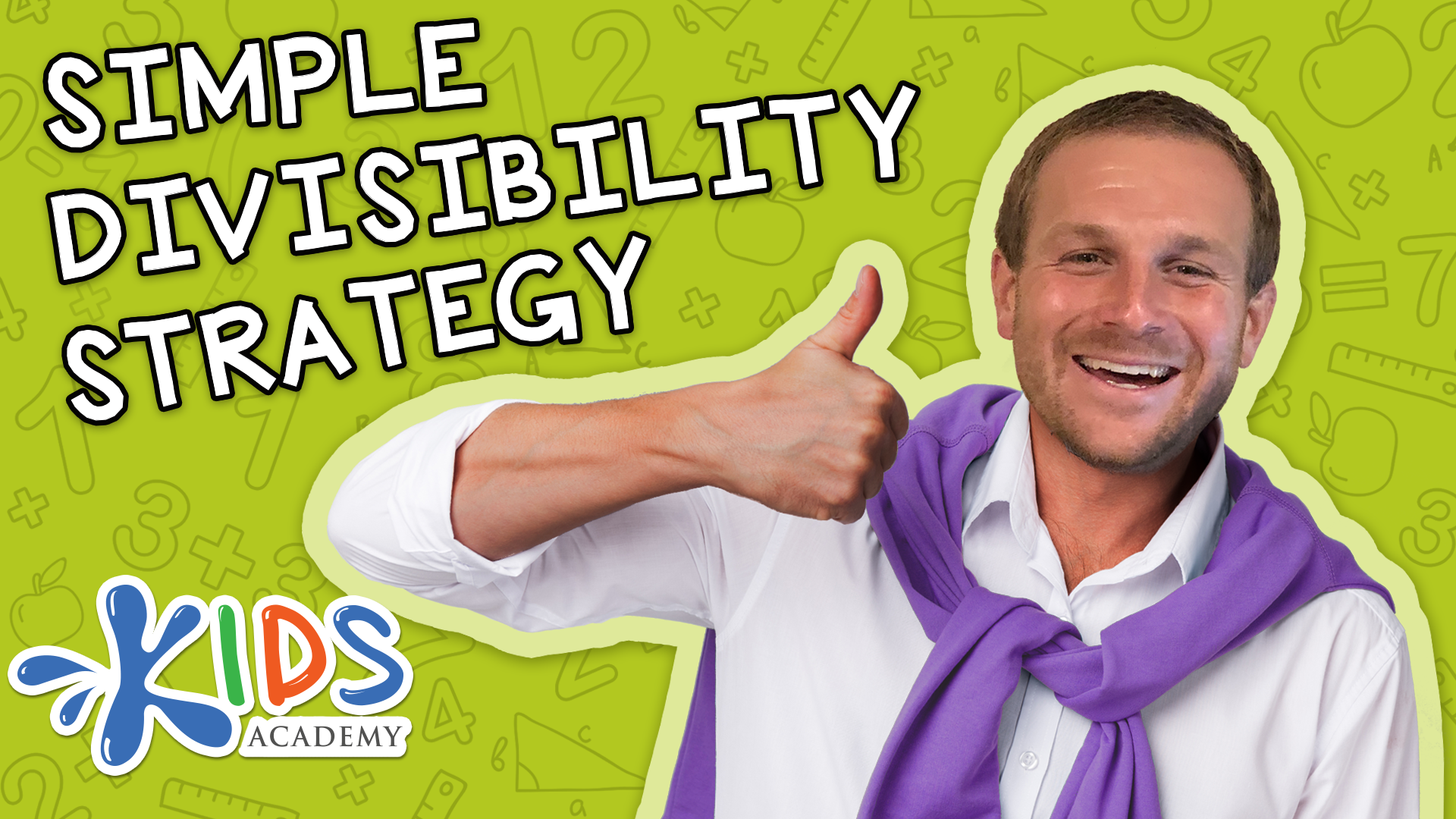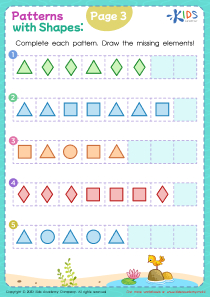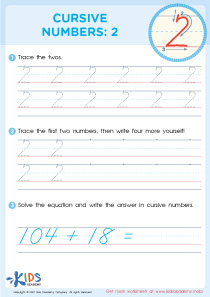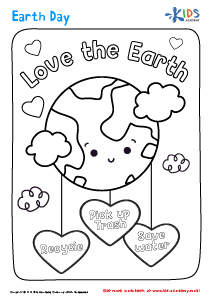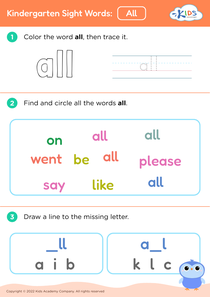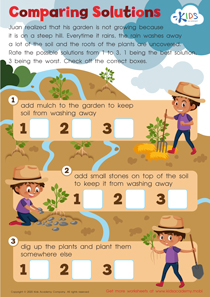Alphabetical order Worksheets for Ages 3-9
3 filtered results
-
From - To
Explore our engaging Alphabetical Order Worksheets designed specifically for children ages 3-9! These colorful, interactive resources help young learners master the concept of arranging words in sequence. Whether you’re reinforcing classroom lessons or seeking fun, educational activities at home, our worksheets provide various exercises to enhance vocabulary and improve literacy skills. Each worksheet features playful illustrations and easy-to-follow instructions, making learning enjoyable and effective. From sorting letters to organizing words, these activities encourage critical thinking and strengthen early learning skills. Download and dive into the world of letters and words with our comprehensive collection today!
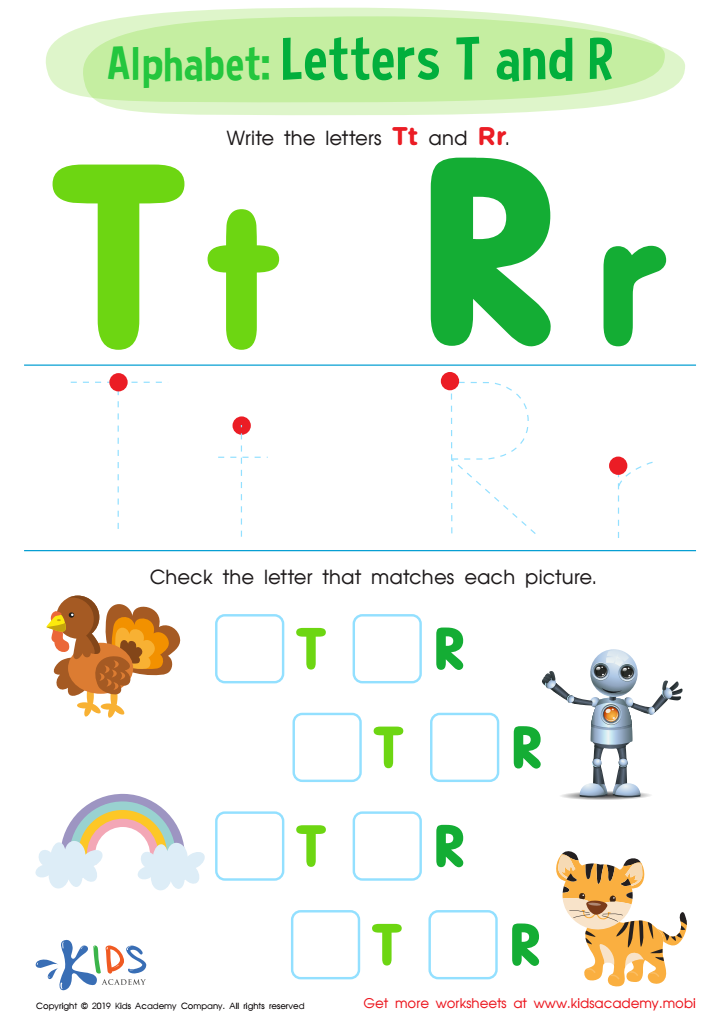

Letters T and R Worksheet
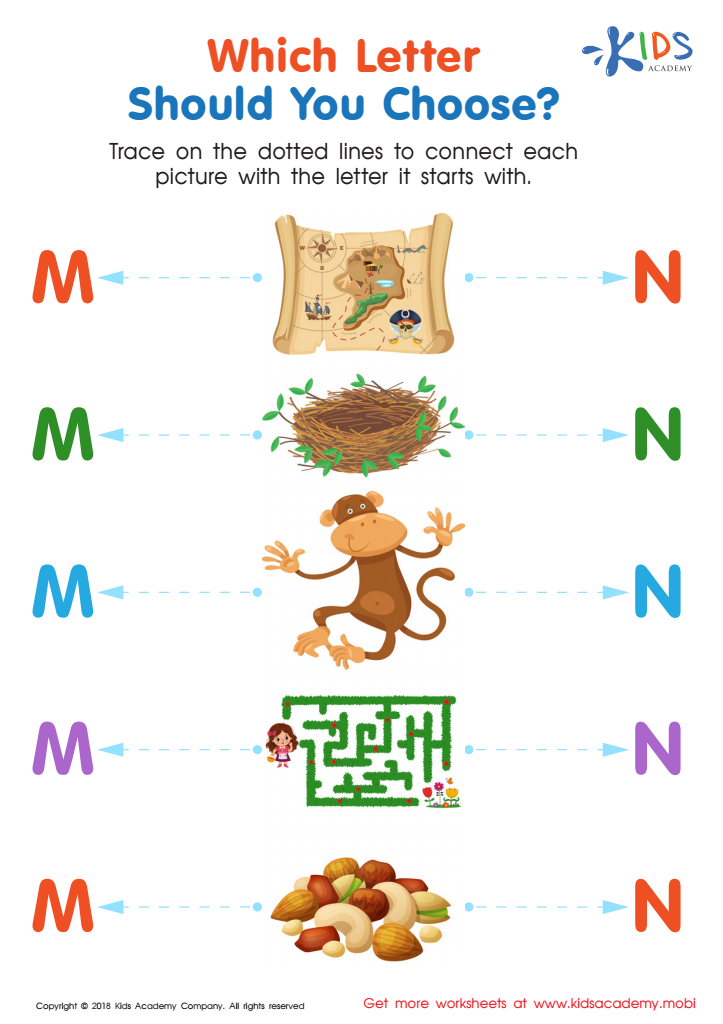

Which Letter Should you Choose? Worksheet
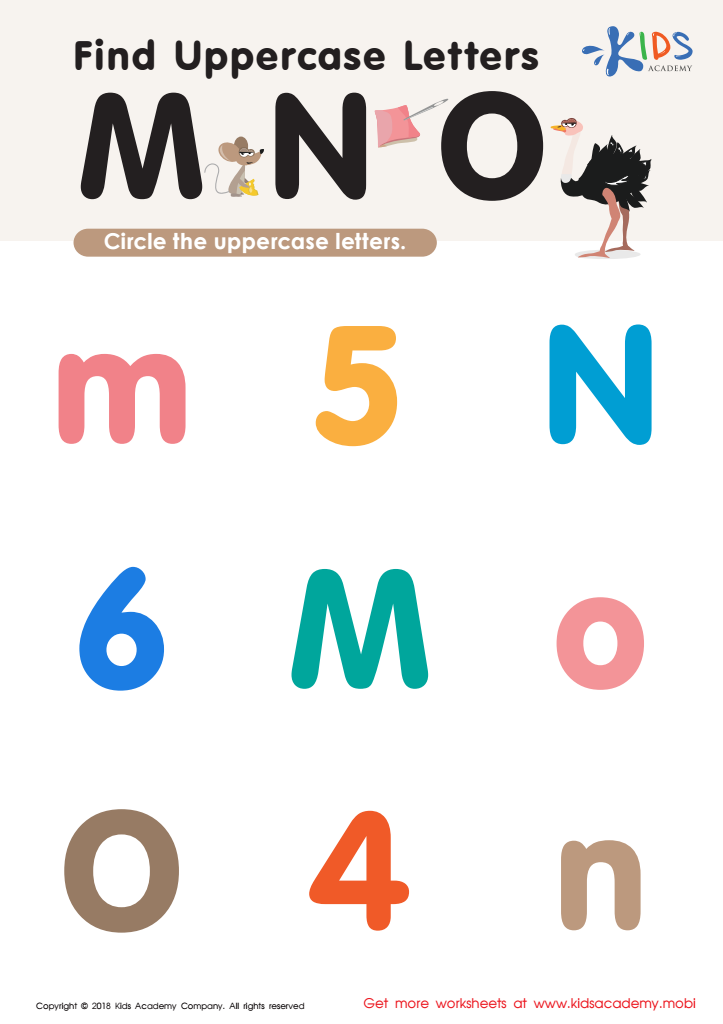

Find Uppercase Letters M, N, and O Worksheet
Understanding alphabetical order is fundamental for children aged 3 to 9 as it plays a crucial role in developing literacy skills. Recognizing the alphabet in sequence helps children decode words, an essential step in reading. When children internalize the order of letters, they can more easily navigate dictionaries, encyclopedias, and other reference books—skills that build their independence in learning.
Introducing alphabetical order also fosters organizational skills. As children learn to alphabetize lists and items, they develop a sense of order and classification that translates into other areas of learning. This skill goes beyond academics; it enriches their problem-solving abilities and enhances cognitive development.
Moreover, teaching alphabetical order can promote a love of words. By engaging with letters and sounds at a young age, children are more likely to develop not only reading proficiency but also a lasting enthusiasm for language. This enthusiasm can lead to improved communication skills, boosting their confidence as they express themselves.
Ultimately, by encouraging children to understand and utilize alphabetical order, parents and teachers lay a strong foundation for future academic success, fostering literacy, organization, and a passion for learning that will benefit throughout their academic journey and beyond.

 Assign to My Students
Assign to My Students
